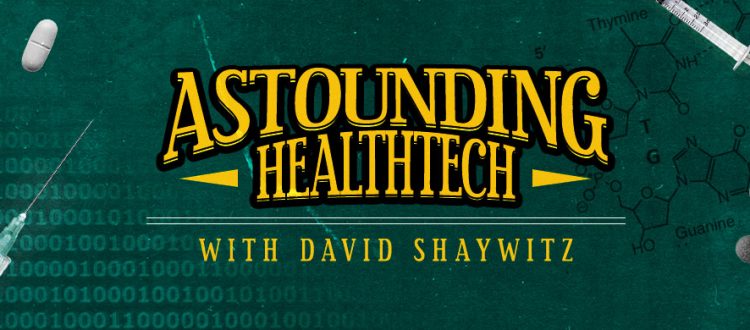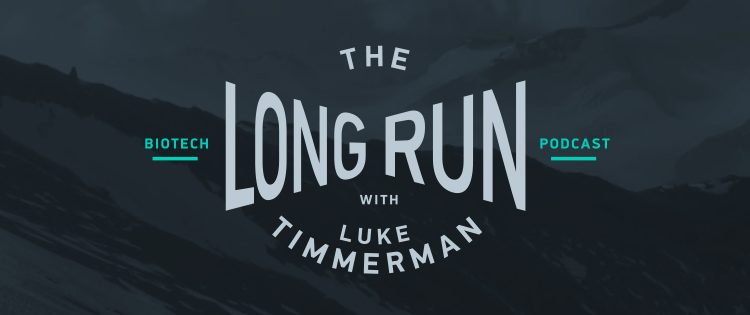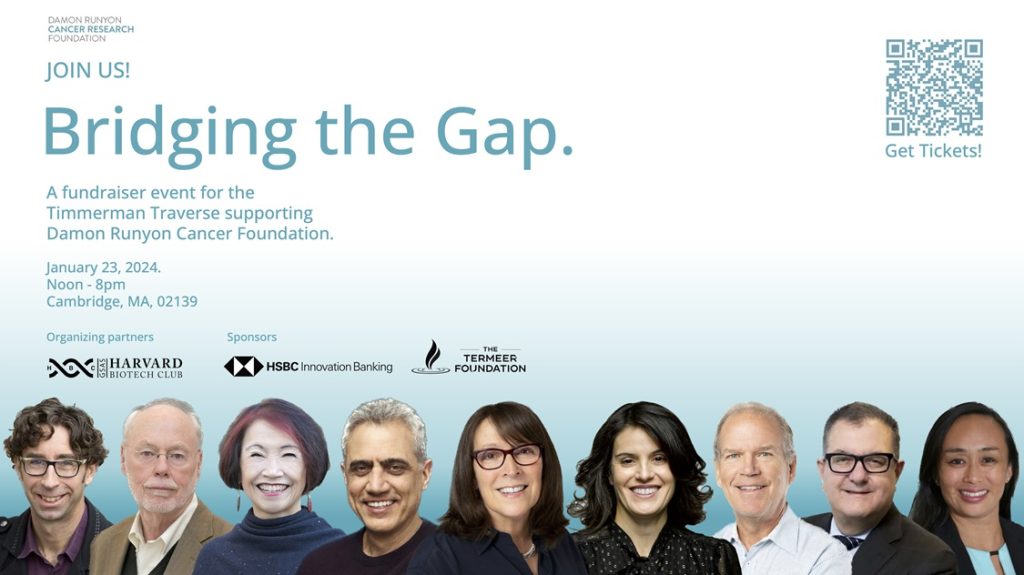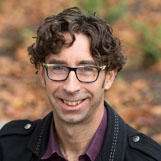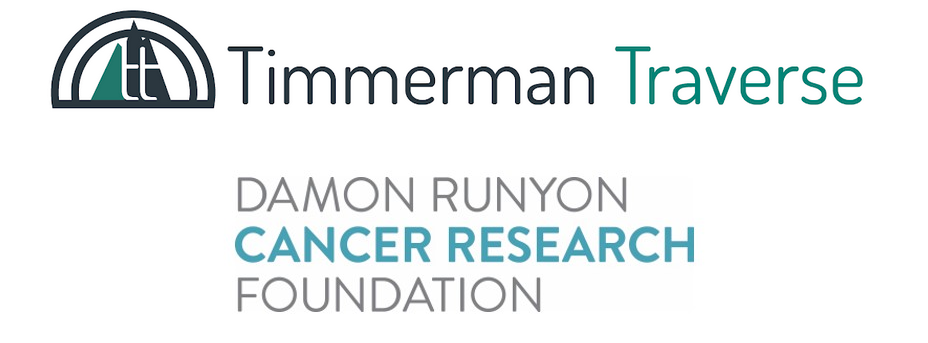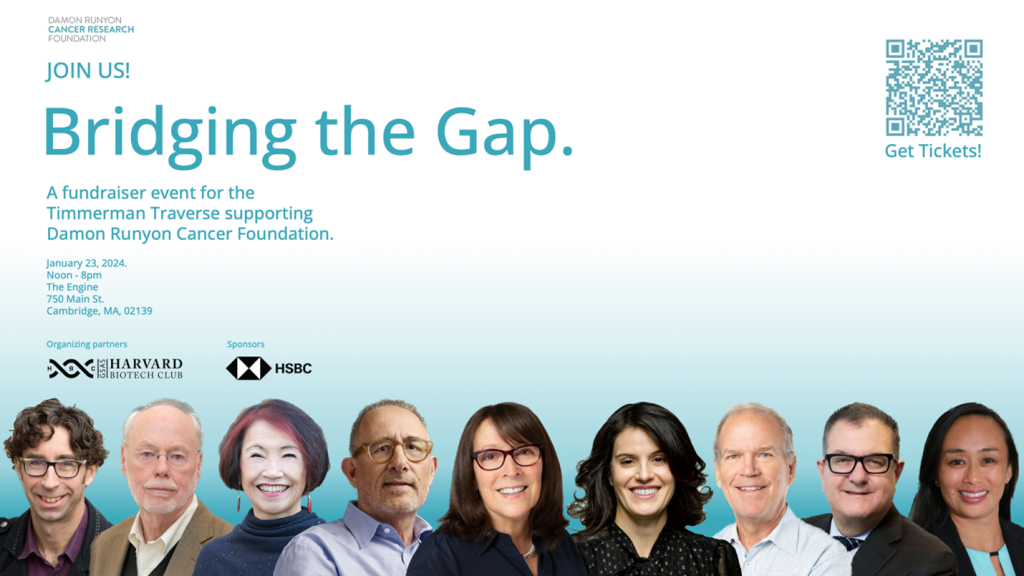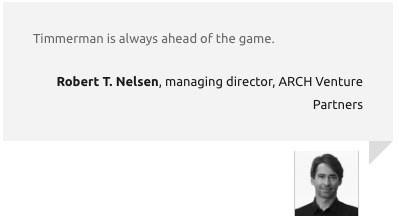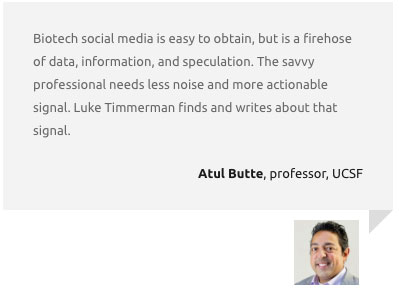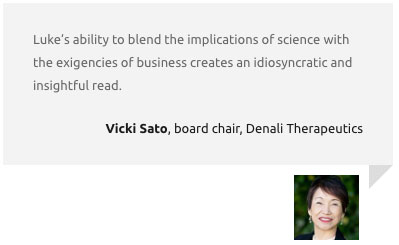Get In-depth Biotech Coverage with Timmerman Report.
9
Feb
2024
Botox: A Luminous Example of Field Discovery

David Shaywitz
In this weekend’s Wall Street Journal, I review Death To Beauty, a new book by Dr. Eugene Helveston. It’s about the fascinating history of botulinum toxin and the California ophthalmologist, Alan Scott, who drove it into clinical use.
The book review, of course, speaks for itself, but I wanted to highlight for TR readers an aspect of the story that seems especially relevant for biopharma colleagues: the importance of field discovery.
MIT professor Eric von Hippel developed and championed the concept of field discovery as an underappreciated source of innovation. As von Hippel describes it, field discovery emphasizes the role of users, rather than manufacturers, in identifying relevant uses for technology.
He writes,
“Innovation process scholars have assumed that product manufacturers would be the developers of all or most new products. However, empiric research during the past two decades has shown that product users rather than manufacturers are the actual developers of many of the commercially important new products and new product applications in fields studied to date.”
This description is from a 2012 paper he wrote highlighting the role of clinicians in identifying important off-label uses for drugs. In his study, it was clinicians (not pharma companies) who originally identified the majority of off-label uses for medicines.
The importance of field discovery driven by so-called “lead users” as critical drivers of innovation is likely familiar to long-time readers (see here, here, here, here and references therein).
This framework highlights specifically the value of inquisitive practitioners in drug discovery, and more generally the need for front-line users to pull through and refine new technology in order to more fully capture its value.

Joseph Goldstein, Distinguished Chair in Biomedical Research; UT Southwestern
Since ancient times, of course, the medicinal use of natural products such as aloe and willow bark derived from astute observation. Even in the modern era, many drugs and drug classes, especially in neuroscience, were developed by following up a clinical observation. Legendary physician-scientists Judah Folkman (as I’ve discussed here), Michael Brown, and Joseph Goldstein (see here), have repeatedly emphasized the critical importance of inquisitive clinicians.
The role of astute observation in biopharmaceutical drug development is perhaps most famously exemplified through the story of sildenafil (Viagra), a vasodilator originally developed by Pfizer for the treatment of chest pain. However, an alert study nurse noticing that the young male phase 1 subjects tended to lie on their front to preserve their modesty alerted researchers to an alternative indication (see here, and also this podcast hosted by Luke Timmerman and Meg Tirrell).
The importance of lead users extends far beyond clinicians contributing observations that point to new indications for therapeutics. Innovative front-line workers play a critical role in catalyzing the development of new technologies – principally by coming up with relevant use cases, and adapting or evolving the technology to serve this purpose.
Technology, as we’ve discussed, often arrives with lots of promises and hype, but often with only a limited sense of exactly what problems it might be able to solve most effectively. It takes someone obsessed with solving a problem in front of them, and willing to try out an emerging technology, for a promising new use case to be revealed and developed.
Botox fits into field discovery paradigm nicely. It was originally developed and FDA-approved for the treatment two somewhat obscure ophthalmological disorders, strabismus and blepharospasm.

Jean Carruthers
However, an eye doctor named Jean Carruthers (who trained with Alan Scott) was an investigator in the original botox clinical trial. She was told by a patient that the injection (for an eye condition) had the unintended effect of improving her skin.
Carruthers took notice, and together with her husband, a dermatologist, they pursued the development of botulinum for cosmetic indications. Botox is now well-known for its ability to reduce wrinkles, and that feature transformed it into a multi-billion-dollar business.
Other uses of botulinum were soon discovered as well; in addition to a range of cosmetic uses, the drug is now FDA approved for a range of conditions including limb spasticity, cervical dystonia, excessive sweating, excessive salivation, overactive bladder, and migraine.
The very breadth of applications evoke Dulcamara’s classic description of his magical elixir in Donizetti’s L’Elisir d’amore.
Ei corregge ogni difetto,
Ogni vizio di natura,
Ei fornisce di belletto
La più brutta creatura;
Camminar ei fa le rozze,
Schiaccia gobbe, appiana bozze,
Ogni incomodo tumore
Copre sì che più non è …
(“It corrects every defect
All the faults that nature made;
It bestows both beauty and grace
To the ugliest of all creatures
It does cause the lame to walk
And the hunchback it makes straight
All the tumors, all the swellings,
It so covers that they vanish…)
To which the chorus responds,
Qua, dottore, a me, dottore …
Un vasetto … due … tre …
(“Here, dear doctor – for me, Doctor,
Here’s a vial – give me two, three.”)
Botox was initially envisioned as serving a tiny market. Scott, the California ophthalmologist, originally couldn’t even find a pharma company interested in acquiring the company he founded to manufacture the medicine. He eventually sold it to Allergan for a mere $9 million. Today, the product now delivers billions in sales for multiple indications, most unanticipated at the time the drug was first approved. Allergan, the company that ran the R&D programs that maximized the value of Botox, was acquired by AbbVie for $63 billion in 2019.
Inspired by this and other examples (particularly in immunology – think Humira) of a single therapeutic proving useful for multiple clinical indications, biopharma companies are increasingly focused on systematically contemplating such additional uses, seeking, in a sense, to industrialize serendipity.
This may be especially wise since clinicians, more harried than ever, may have less time for the sort of reflection and critical observation that’s historically proved so valuable.
Inside baseball
Helveston’s account of the history of Botox touches on aspects of drug development that biopharma colleagues might find especially intriguing. For instance, Scott somehow managed to develop the drug, through FDA approval, for only around $4 million (money he raised, in part, by mortgaging his house).
Also surprising: Scott reportedly had no contact at all with the FDA for nine of the 15 years between 1974, when he first submitted the IND, and 1989, the year the drug he received FDA approval. The original IND application apparently sat on someone’s desk for four years before the agency was nudged to action by a well-placed colleague, yet even after that, there was no contact at all between Scott and the FDA for five years during the 1980s when trials were underway.
Helveston’s account also reveals that a key botulinum researcher in the early nineteenth century, Justinus Kerner, was also a polymath and poet who first developed the art of symmetrical inkblots, called klecksographs; these were subsequently adapted and incorporated by Swiss psychiatrist Herrmann Rorschach in his now-famous projective test.
We are also reminded by Helveston of Paracelus’s dictum: “What is there that is not poison? All things are poison and nothing is without poison. Solely the dose determines that a thing is not a poison.” Botulinum, of course, serves as a canonical example. It is “the most lethal toxin known” to humanity, according to Helveston, yet therapeutic at extremely low doses. (As an aside, we’re told that at one point the CIA supposedly contemplated assassinating Cuba’s Fidel Castro by lacing his favorite cigars with botulinum, presumably at not such low doses. This idea was never carried out.)
“Curiosity never waned”
Arguably Helveston’s most enduring and uplifting takeaway concerns not botulinum but Alan Scott. It’s easy to imagine how Scott might have become embittered and disappointed, particularly since the drug he devoted his life to developing didn’t ultimately find much use in the indication Scott cared most about, strabismus, and Scott received minimal compensation for a product that would generate billions in revenue.
Helveston, to his credit, explores this question, and discovers that by all accounts, Scott was remarkably content. He was truly driven by curiosity, and motivated to unlock the mystery of nature. His purpose, Helveston writes, was to “ask questions and find answers.”
Even in his late 80s, Scott (who passed away in December 2021, six months shy of his 90th birthday) always enjoyed participating on an ophthalmology listserv where difficult cases were discussed, and where he might offer relevant insights. He was also excited by a project he was noodling on with a grandson, a NASA astronomer, focused on developing a device to measure eye alignment digitally.
Through his final months “Alan Scott was in the game and never quit,” Helveston reports. “His curiosity never waned.”
In this, Scott evokes the great French geneticist Jacques Monod, whose last words were said to be “Je cherche à comprendre” – “I am trying to understand.”

